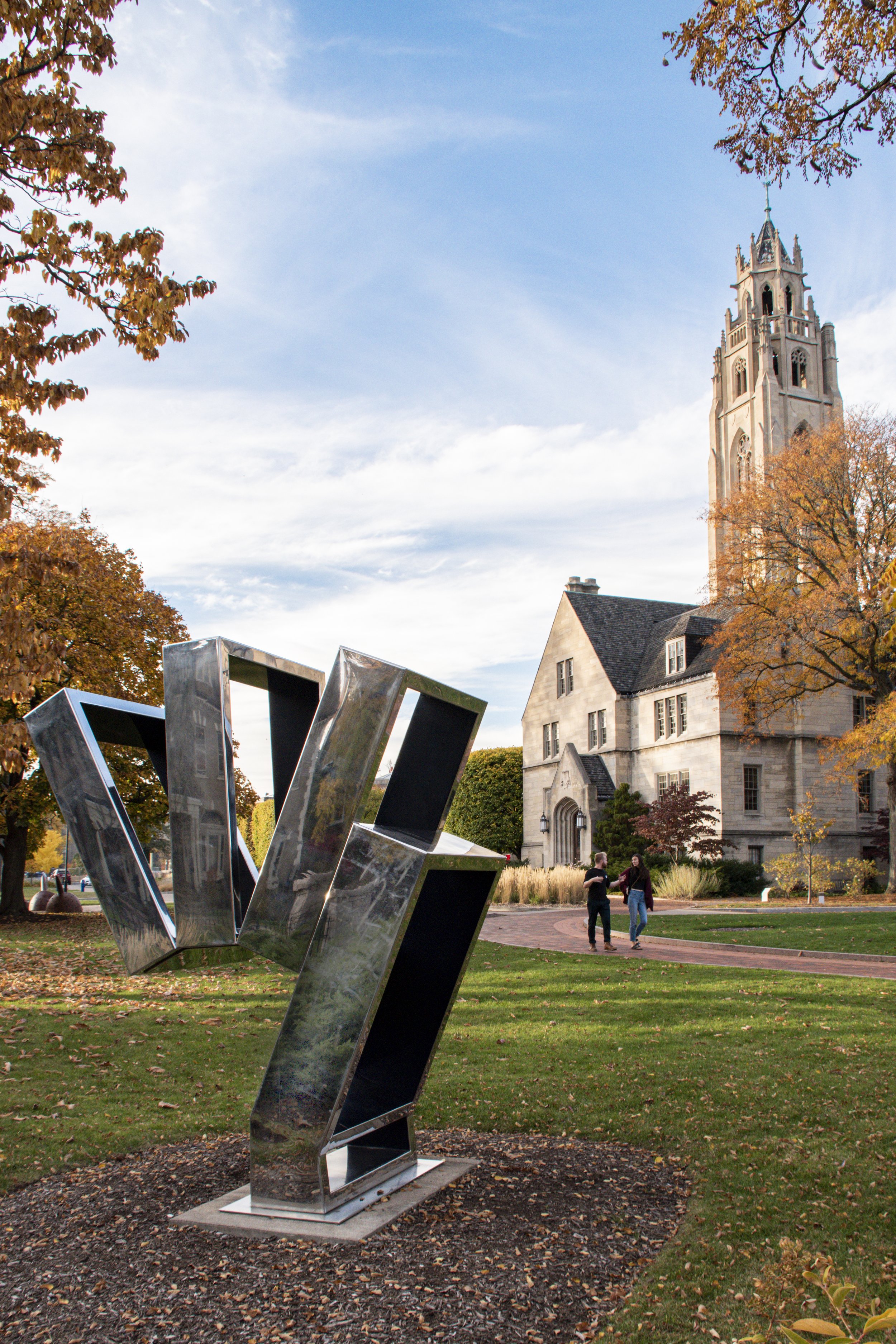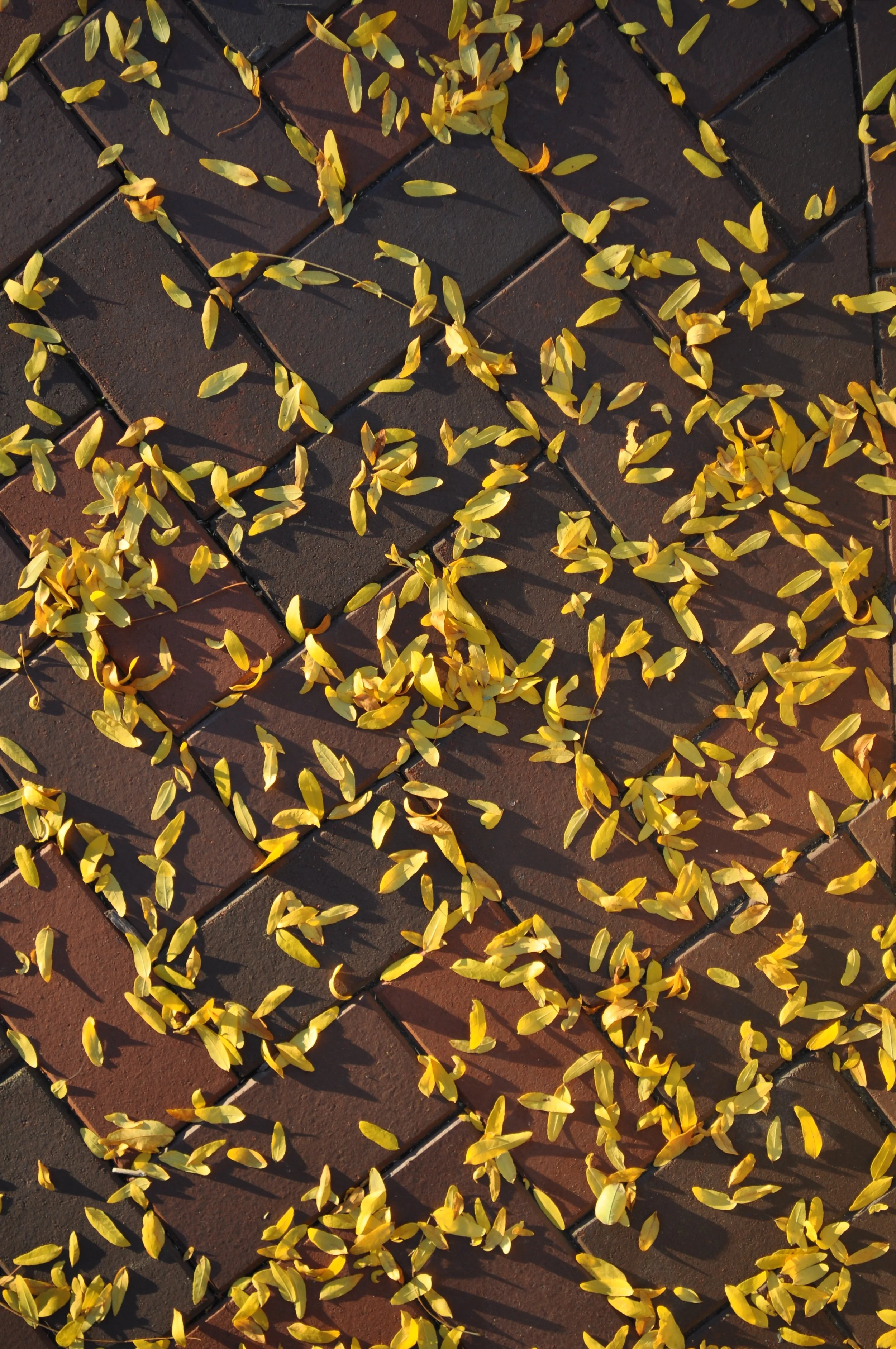
Memorial Art Gallery’s Centennial
Sculpture Park
LOCATION
Rochester, NY
CLIENT
The Memorial Art Gallery of The University of Rochester
COLLABORATORS
Tom Otterness, Artist
Wendell Castle, Artist
Albert Paley, Artist
Jackie Ferrara, Artist
Studio William Cochran, Artist
Bergmann Associates (Art Walk Extension Project)
COLLABORATORS - PHASE 2
Rashid Johnson, Artist
Pia Camil, Artist
Marathon Engineering, Civil Engineering Jensen/BRV Engineering PLLC, Structural Engineering
IBC Engineering, P.C., Electrical Engineering
RECOGNITION
Robert Macon Award for Urban Innovation Reshaping Rochester Awards, Rochester Regional Community Design Center
Honor Award - ASLA, New York Upstate Chapter
PHOTOGRAPHY
Bayer Landscape Architecture
VIDEOGRAPHY
Floating Home Films
Art and landscape are interwoven throughout this iconic and much loved urban sculpture park. Bayer Landscape Architecture has guided its design and care since its inception in 2007 with a major expansion completed in 2023.
-
Mindful of its 2013 Centennial, and eager to shed its reputation as a cloistered institution within the neighborhood, the Memorial Art Gallery of the University of Rochester (MAG) embarked on a master planning process for its grounds in 2007. The gallery hired Bayer Landscape Architecture to lead the master planning effort and detailed design of the Centennial Sculpture Park.
The historic 14-acre campus was largely perceived as uninviting by the community and was bounded on all sides by an historic but unwelcoming wrought iron fence. This fence was a physical and psychological barrier to the MAG’s grounds and the institution’s principal mission: Connecting People with Art. The MAG wanted to take advantage of an opportunity to serve as a “creative commons” and a community meeting ground – thus the concept of establishing a Sculpture Park was envisioned for the gallery’s Centennial in 2013. The park would remove barriers to the street, open itself to the neighborhood, and literally bring the art gallery outdoors to the community.
The success of the project is obvious by the transformative impact it has had on the way the public interacts with the park. Previously the campus was only briefly visited by those attending events or visiting the gallery. Today, neighbors stroll the grounds and bring their children to play in the plazas, interact with the sculptures, or use it as a meeting grounds.


























